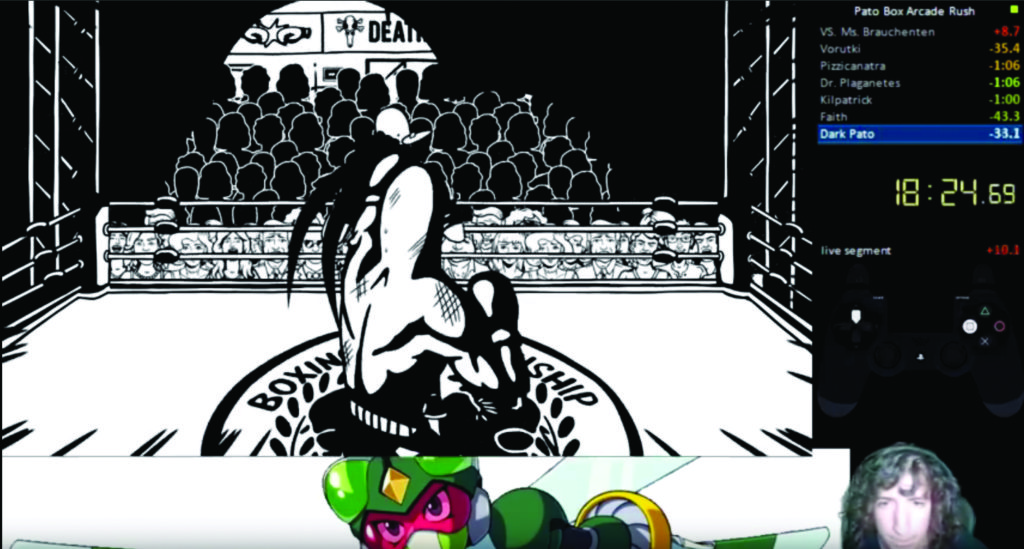
You walk into the classroom hearing the hum of two dozen computers and the clacking of keyboards as students attempt to create a computer game. The clatter is interrupted by a man blowing a whistle that sounds like a train.
“The train hasn’t stopped, and neither have we” said Ed Parish, instructor of introduction to games programming at Cabrillo as he tries to regain the students’ focus after letting them work freely on their projects.
As you look around the class, students are all trying to reach a similar goal, to try to learn how to program, but this particular class has another interest, video games. The students are learning about how video games are made and what they can do to make one for themselves. The students start with the basics of the JAVA programming language, like doing basic math, and end with creating their own games.
Parish is making the course feel like one big game that everyone is playing. He assigns “quests” in place of assignments, gives out “boss challenges” in place of exams, “raids” instead of group projects, “experience” instead of points, and has students form “guilds” of four or five students who work together.
Before putting the groups together, Parish arranged everyone in a line based on their skills so guilds could all find what they need to succeed.
The guilds were formed with such names as Burn, Emberscald, Wise Guys, CMTP, Hide of Chittering Ratmen, and Just Average Very Average also known as JAVA.
In the few weeks that the students have been in this class they’ve already learned to create characters in their games, move the character they created and have the characters interact.
One student typed code that allowed his character, a bug, to move around the screen, turning as direction keys were pressed and speeding up as it ate more and more flowers that were placed around the screen, while avoiding enemies such as anteaters. Some of the students in the class are considering becoming game designers, but others said they are taking the class for fun to see what it is like to program a game.
Jeanne Boudreau, a returning student and teacher from San Jose, said that she was taking this class to learn how to teach programming for children. “The work world has totally change. I’m sure there’s going to be a shortage of teachers for this.” Boudreau said. Her goal is to try to bring programming classes like this one to schools for all ages and grades. Boudreau is one of the two women in the class of 24, reflecting the lack of women in the game industry.









